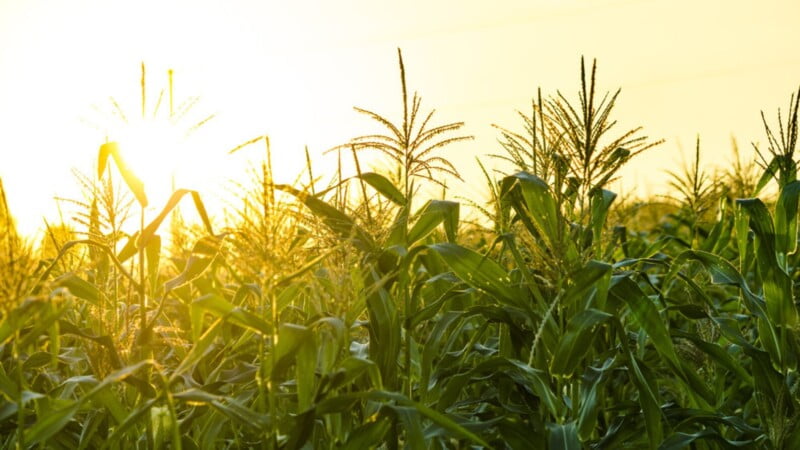Yellow Dent corn (Zea mays), a prized heirloom variety known for its rich flavor and versatility, is a popular choice among gardeners and farmers who appreciate traditional and sustainable agriculture.
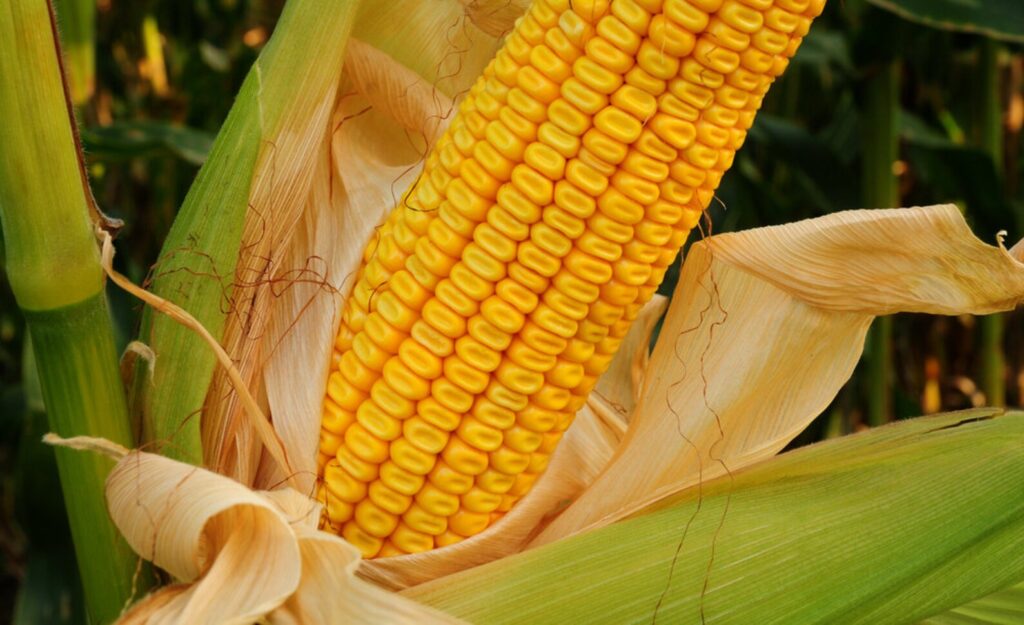
This corn variety, with its distinctive deep kernels and robust growth, promises a maturity cycle of about 100 days, making it a suitable crop for various regions, including Florida. This article explores the ideal conditions for growing Yellow Dent corn in Florida, from planting to harvest.
Planting Time and Range in Florida
Florida’s warm climate allows for a flexible planting schedule for Yellow Dent corn. The primary planting season is in the spring, starting as early as February in southern Florida to as late as April in northern areas, to avoid the peak summer heat which can stress the plants. A fall planting is also possible, especially in Central and Southern Florida, where the growing season extends into November and December.
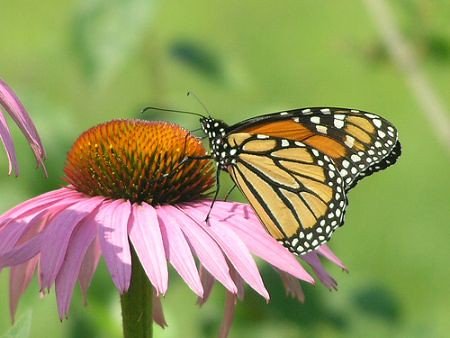
50 Purple Coneflower Seeds (Echinacea purpurea) for North America
Purple Coneflower Seeds (Echinacea purpurea) for all of North America. USDA Zones 3-9. More than 50 seeds.
Spacing and Placement
Yellow Dent corn should be planted in blocks rather than single rows to ensure adequate pollination, which is essential for kernel development. Space seeds about 8 to 12 inches apart in rows, with rows spaced 30 to 36 inches apart. This spacing helps to optimize air circulation and sunlight exposure, reducing the risk of fungal diseases and promoting healthy growth. The expected height for Yellow Dent corn is typically around 6 to 8 feet, so consider placement away from smaller plants that could be shaded by the tall stalks.
Germination Instructions
Plant the seeds about 1 to 2 inches deep in well-draining soil, ensuring that the soil temperature is at least 60°F, which is crucial for germination. In Florida, soil temperatures typically reach this point by late February. Germination usually occurs within 7 to 10 days. Water the soil gently but thoroughly after planting to encourage germination without washing away the seeds.
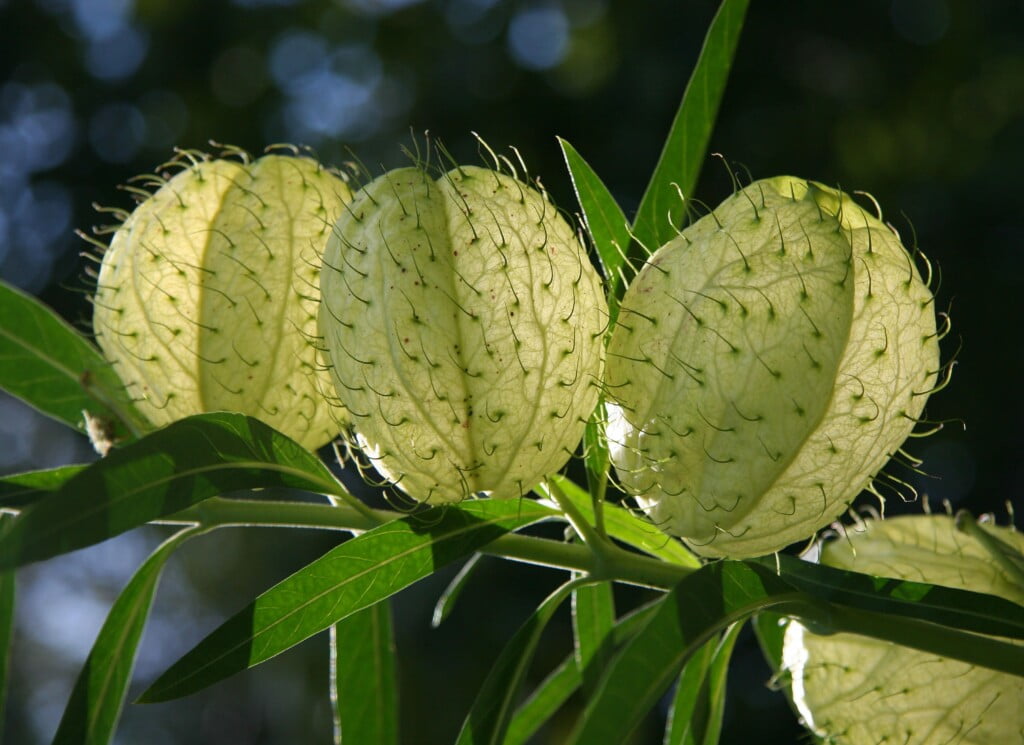
20 Hairy Balls Milkweed Seeds (Gomphocarpus physocarpus)
Thriving as a perennial in Zones 8–11, Hairy Balls Milkweed (Gomphocarpus physocarpus) reach an impressive height of 32–72″. Also recognized as swan plant, swan milkweed, and, of course, balloon plant, this is a must-have addition to your butterfly garden. More than 20 seeds. Southern US & Northern Mexico.
Feeding and Care
Yellow Dent corn is a heavy feeder, requiring rich, fertile soil. Before planting, enrich the soil with a balanced fertilizer or aged compost to provide initial nutrients. About a month after planting, side-dress the plants with a nitrogen-rich fertilizer to support the rapid growth of stalks. Ensure consistent moisture, especially during the germination and leading up to the flowering stage, as corn is sensitive to drought.
Harvesting
Harvest Yellow Dent corn about 100 days after planting, typically when the silks have browned and the kernels feel plump beneath the husk. To check for ripeness, gently peel back part of the husk and pierce a kernel with your fingernail. If a milky liquid exudes, the corn is ready to harvest. If the liquid is clear, the corn needs more time to mature.
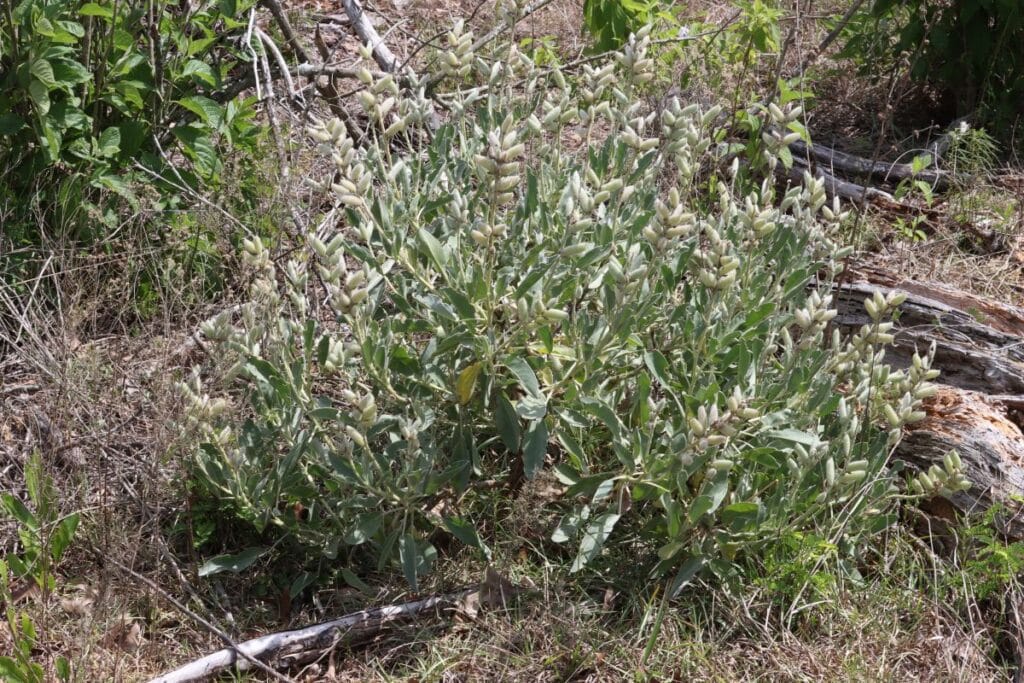
10 Florida-Native Sandhill Lupine Seeds (Lupinus cumulicola) for U.S. Southeast
Sandhill Lupine, also scientifically known as Lupinus cumulicola, gathered on the Lake Wales Ridge, an ancient sand ridge in central Florida, this fantastic plant has unique traits that not only bring a unique aesthetic appeal but also play an essential role as a butterfly larval host plant. It is native to the southeastern United States, specifically in states like Florida, Georgia, South Carolina, and Alabama.
Detasseling and Its Purpose
Detasseling, the process of removing the tassel from the top of some corn plants, is performed to control pollination and increase the uniformity and yield of hybrid crops. For heirloom varieties like Yellow Dent corn, detasseling is generally not necessary unless you are conducting your own selective breeding experiments. If cross-pollination with other corn varieties is a concern, detasseling can help to ensure the purity of the heirloom seeds.

The Adventures of Johnny Butterflyseed – Author Signed First Edition Children’s Book
Save the monarchs!
Johnny Butterflyseed and his fairy friend, Raven Silverwing, embark on a mission to save the rapidly disappearing butterflies. They enlist the help of Queen Venus Goldwing and her kingdom of monarchs to educate and inspire kids to become butterfly farmers. At first, Johnny faces his own internal struggle with self-doubt and fear in his ability to make a difference, but then soon develops a mindset that allows him to not only get started, but also make progress one day at a time. Through challenge after challenge, Johnny learns that he is not alone in his mission and that there are many people who want to help. Together, Johnny, Raven, and Queen Venus educate thousands of children on becoming butterfly farmers.
Growing Yellow Dent heirloom corn in Florida can be a rewarding endeavor for gardeners interested in sustainable and traditional agriculture. By following these guidelines for planting, spacing, feeding, and harvesting, gardeners can enjoy a successful crop of this flavorful and versatile corn. Whether roasted, ground into meal, or preserved, Yellow Dent offers a taste of heirloom quality that harkens back to the simpler days of farming.
